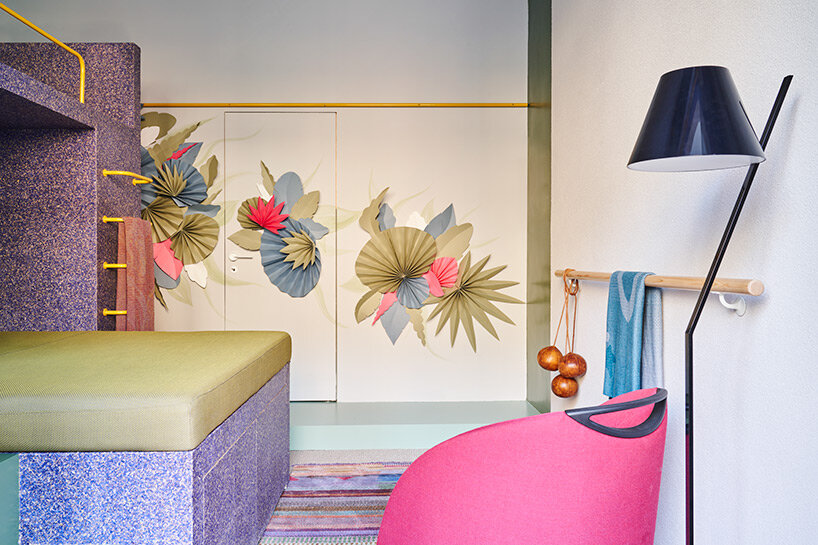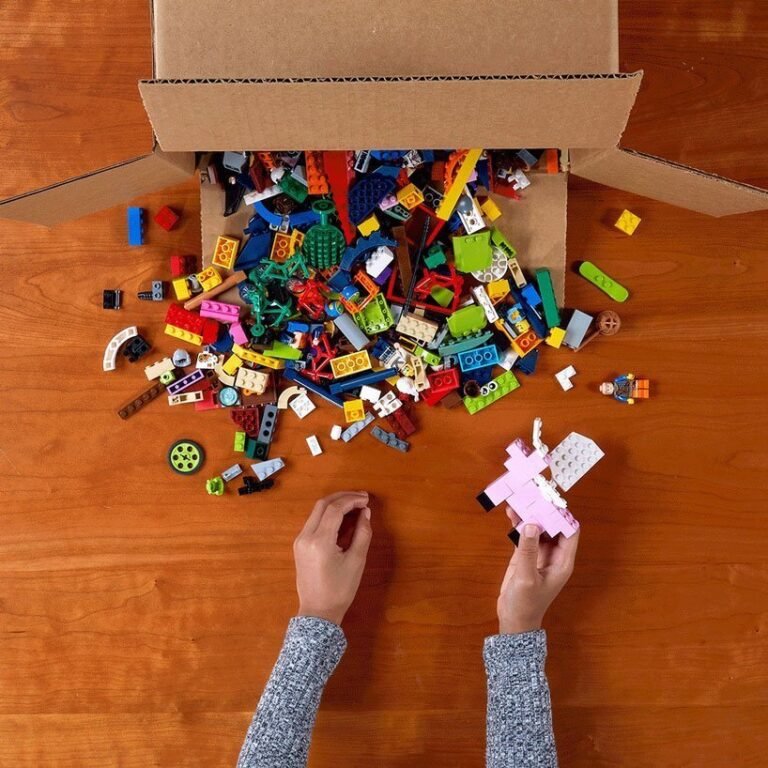hospitality + creativity come together within vibrant smart POSThome interior in milan
smart living meets creative hospitality in POSThome, milan
The POSThome project in Milan, Italy, was conceived during the first lockdown as a smart apartment in which safety, comfort, and technology come together to respond to the needs for the ‘new normality’. Located in a 1930s building right in the heart of the Italian metropolis, the 2022 iteration of this residential concept reflects the evolution of hospitality and travel. The colorful interior was designed by Milanese studio ThirtyOne to become a creative refuge full of vibrant colors, varying textures, and natural materials. This year, the team has also created ‘Light as Clouds’, a luminous installation suspended on the balcony of the apartment. The work is made of 100% recyclable materials and was created with the spirit of sustainability.
To find out more about the multifunctional environment of POSThome, as well as the ‘Light as Clouds’ installation, designboom spoke with Claudia Campone, founder of the ThirtyOne Design studio. See the interview in full below.
all images courtesy of Valentina Sommariva, unless stated otherwise
interview with Claudia Campone
designboom (DB): POSThome was born as an after-home, right after the first lockdown in 2020. How has POSThome evolved since then, and what reflections have been generated over time?
Claudia Campone (CC): As the lockdown experience was evolving in many ways, we also felt the need for POSThome to follow this evolution, as every design project should. I believe that every project, within any field or scale, should live its own life. Imagine how often we refurbish our houses or how often a restaurant should renovate their tables and chairs — these are positive signs of an optimistic approach to life.
POSThome started as theoretical research which was then made real: a real-size mock-up of a ‘shelter from the storm’ happening outside those walls. It then became a space for social online interactions, working meetings, networking activities, and generally, for creative things to happen. This is why we thought that the natural evolution of this space was the art residency — a space where, at different moments of the year, can host an artist or a creative professional who can work from there and leave a sign of his/her presence.

DB: How would you describe your work to someone who has not seen your projects before?
CC: Creativity and design are often misunderstood with decoration or make-up work: in reality, in my work, I have always tried to be creative by solving problems or finding unexpected solutions to obvious problems. This is also the reason why my firm is called Thirtyone Design. In Italian we use this common saying: ‘Once you have done thirty, do thirty one’, meaning to always try and run that extra mile, to push further, and to achieve a better result.
From my design education to my first work experience in the luxury retail field, I always tried to maintain a cross-disciplinary approach between visual arts, theoretical research, and a playful character. I believe that some of my major projects perfectly embody this mix. Just think of the Biggest Bow site-specific installation, which every year helped people to lift their heads in a both real and metaphorical sense.
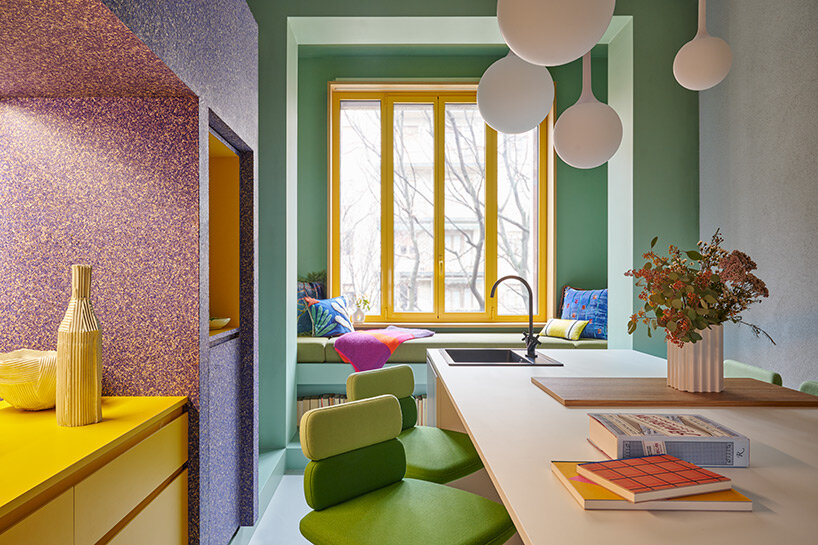
DB: Sustainability is a central topic in the project presented at Milan Design Week, ‘Light as Clouds’. Can you share more about the concept behind the project?
CC: This concept started at a specific moment in the office, when we were planning to imagine a strong message for the Design Week. There had been a great expectation around this big event in Milan, after the pandemic, and being the 60th edition of Salone del Mobile. But our feeling was that the design community’s real urgency was no longer becoming to present new (are they really new?) furniture/products, but designers should be those looking ahead for everyone, waving their hand about a vision of the future. This is why, instead, we thought of the good side of the ’emptiness’ and calm of the last two years, particularly on the reduction of our footprint on this planet: less travel, less consumption, and less waste production.
With my team we wanted to stress this idea of footprint and make it as visible as possible. We researched to the average (incredible!) amount of packaging waste produced by a single family every week, and we provocatively chose the light shape of a cloud to communicate this heavy footprint. Our partners for this project are two brands (Linificio and KUKU) which are doing an amazing work in the sustainability packaging related to food consumption. Thanks to them, ‘Light as Clouds’ has been launched few days before the Milan Design week as a warning message to the city and the neighborhood around us.
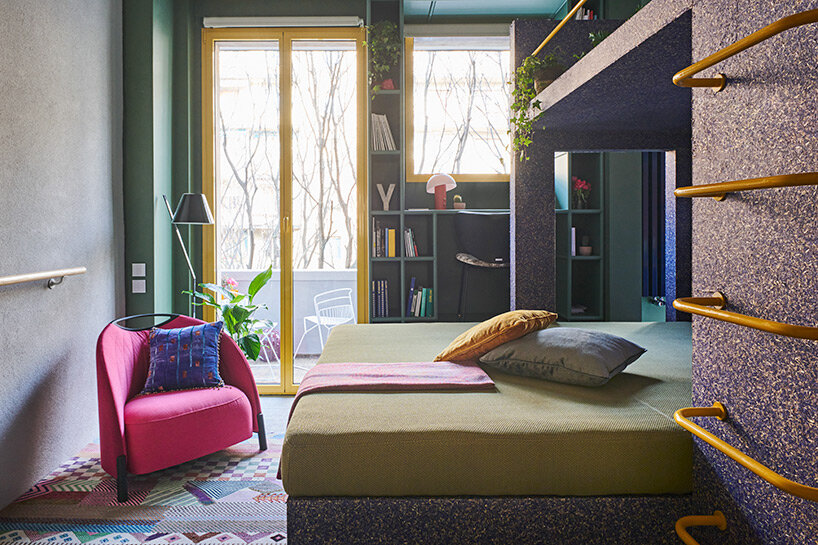
DB: Is sustainability something you and your studio generally focus on?
CC: We do, as every citizen of this planet should. We all understand that choosing to go sustainable means additional cost and time. But luckily the world is changing and everyone is trying to do as best as one can. For this reason, working as a designer for sustainability, choosing materials and finishing, is every time becoming easier by identifying not only those productions with 100% recycling process but also working with small businesses who are ‘socially and economically’ sustainable in a wider approach to this topic.
POSThome has been our Manifesto project in this direction: not only have we identified pioneers in the production of 100% organic-based materials, but also we have led research in identifying small businesses and small artisans instead of choosing the fast way of mainstream or ‘seen-on-IG’ elements. We are currently working for Lanerossi, creating their first Flagship in Milan targeted to open this next fall season. They are an incredible brand with a great heritage but nevertheless they keep innovating to improve sustainable production process.
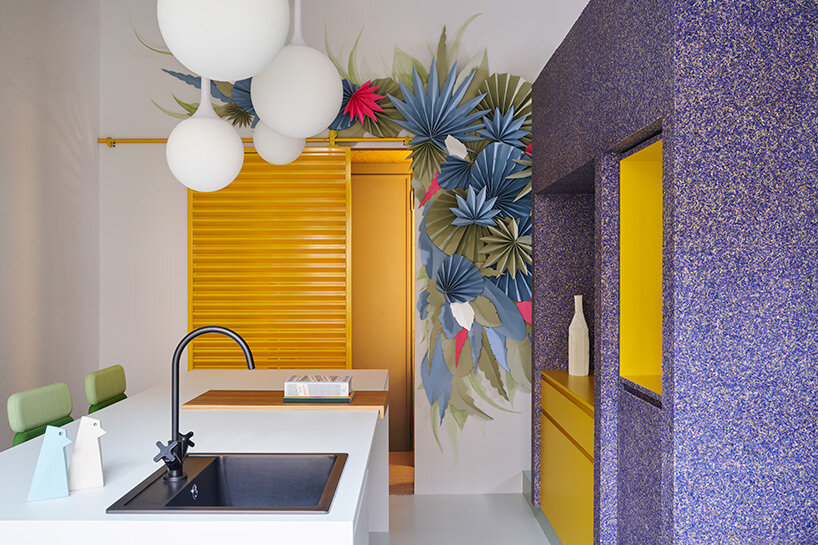
DB: One of the main elements that make POSThome unique is its Artist Residences. What is your vision on the connections between art and design?
CC: As I was mentioning earlier, POSThome naturally became that place where creative things happen and interesting people meet, simply because all our homes, our living spaces, are in fact those kind of places. Particularly in the Mediterranean culture we love to have people (a lot of people!) at home with us, sharing food and ideas, talking about everything and creating a personal/collective space that changes every time with the guests. This is why we opened our doors to artists and we constantly like to keep a direct contact with artistic institutions and academies in our cities (Rome and Milan). Artists as designers have talent in visioning: anticipating what is up to happen, imagining the next steps and start drawing possible pathways.
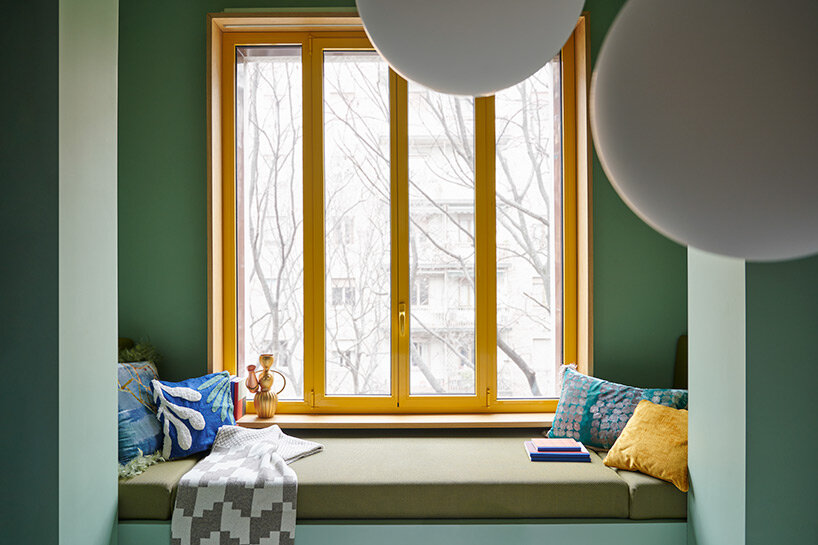
DB: From interior projects to installations and design, is there a specific medium you like to work with the most?
CC: I am a sketcher, at the limit of graphomaniac. Since I was a little girl I could spend hours untired drawing, painting, watercoloring. I remember once I visited a taylor shop in London that this old man was explaining to me how the muscle memory, after many years of repeating the same gesture, became the most powerful tool in his hands. I believe our job as designers is exactly the same: we have a powerful magic connection between our brain and our hand holding a pencil, and as long as we train constantly this ‘muscle memory’, this link between imagining and making, we can create our own magic wand. Of course in my firm we use any sort of digital resource and software but often, if only starting with a 3D model or a CAD plan, I feel more the limitation of these devices than the opportunities.
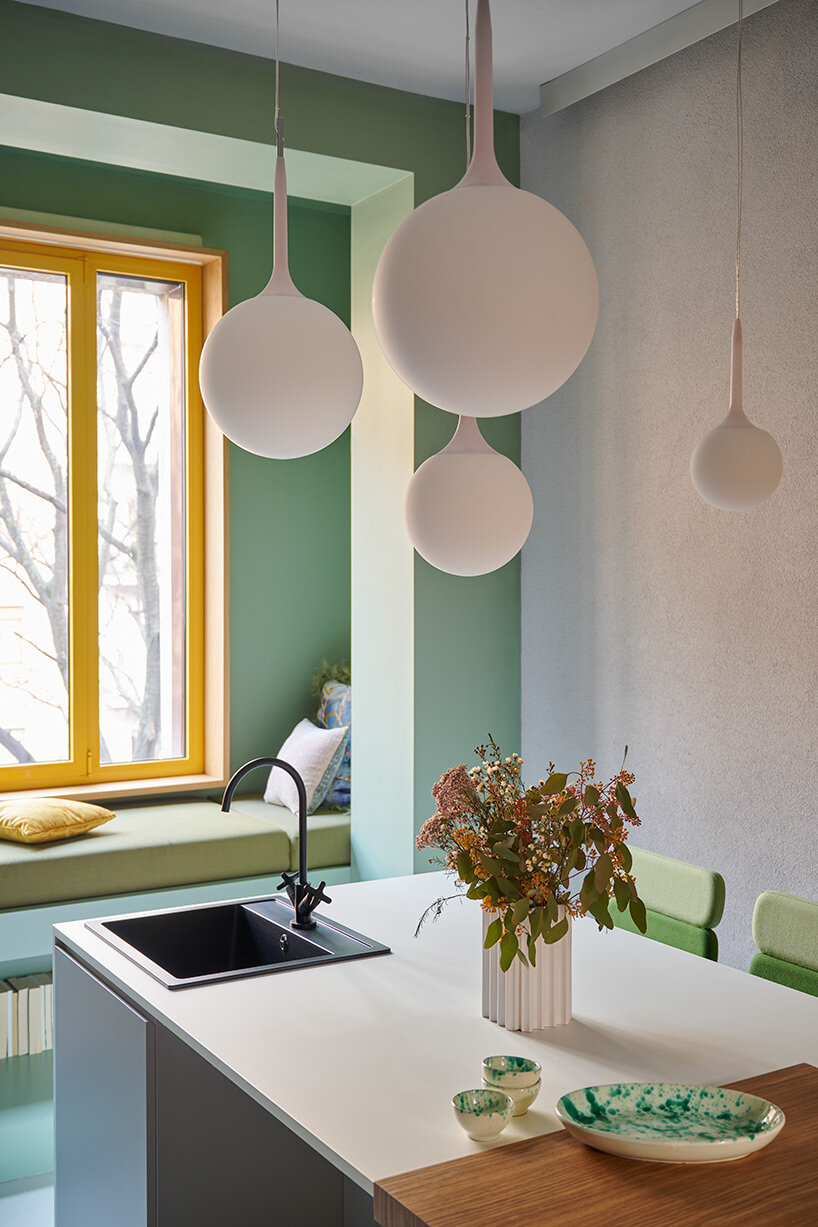
DB: What are you working on at the moment?
CC: We are living an incredible thriving year and I feel very grateful indeed. Our main projects are always into retail luxury fashion and luxury goods, but as we observe a general merging trend between F&B, retail and residential, we are now delivering projects which are becoming real lifestyle and experience design concepts. It all started when Dior asked for a collaboration to design their open-air boutique in Capri completely immersed in a natural rock cave and featuring local traditional material custom pieces. In every project we are trying to inform the design process with meaningful storytelling: recently with Technogym we are leading a store activation process to celebrate not only their innovative products but also their talent and champions unique network.
When we set a collaborative design process with our client it soon becomes the opportunity to challenge ourselves in exploring new subjects and push our design research boundaries: this has been a very proficuous experience with Uniqlo, a brand that invests lots of energy in the design development phase setting a very open approach in creative methodology.
A very exciting collaboration is now starting with Langosteria group and this will be our first F&B challenge: when approaching this field one realizes the next level of complexity in terms of function and aesthetic integration: so stay tuned for Good things are going to happen!
